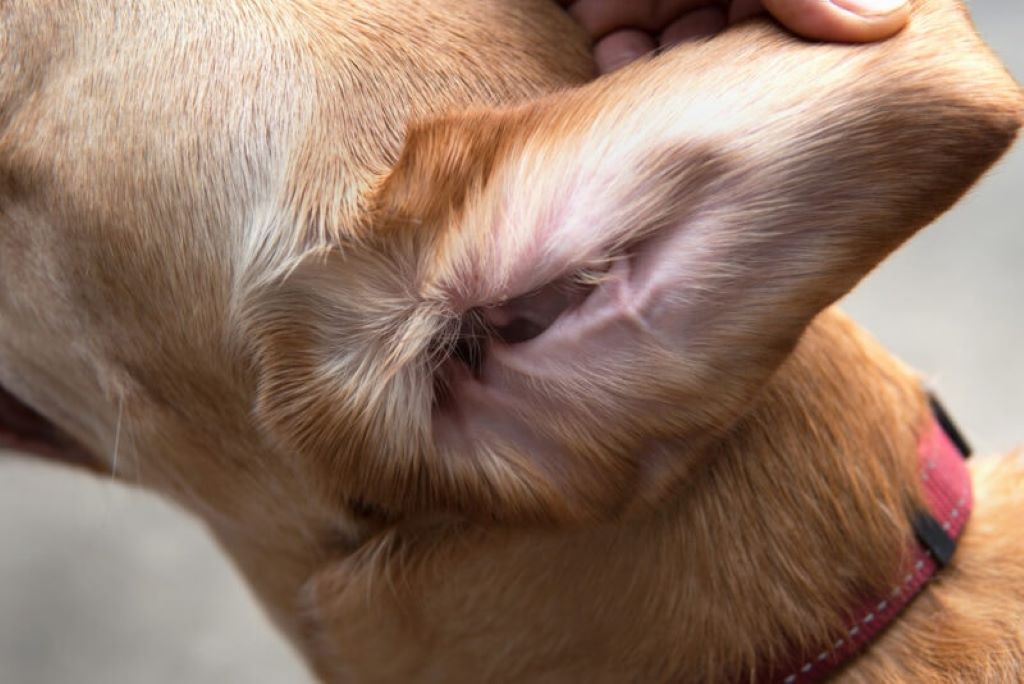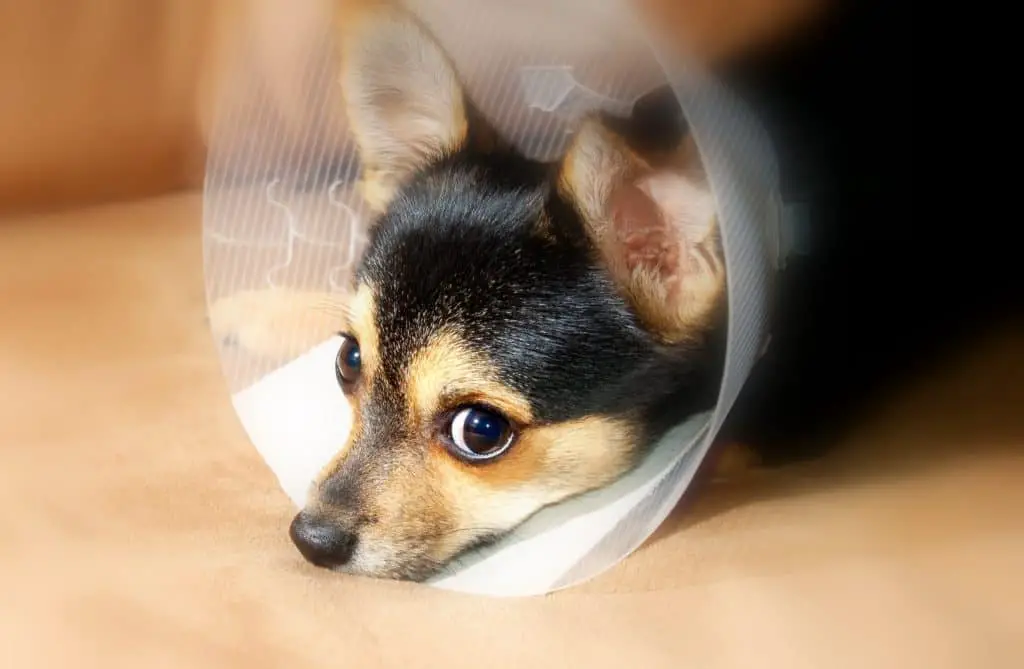Floppy ears are undoubtedly charming. They lend dogs an endearing, puppy-like quality that tugs at our heartstrings. But did you know that these adorable appendages serve purposes far beyond mere aesthetics? Understanding the role of floppy ears in a dog’s health can help owners provide better care and potentially identify health issues early on.
The Evolution of Floppy Ears
Floppy ears are a relatively recent development in canine evolution. The ancestors of modern dogs, wolves, possess erect ears, which aid in sound localization and communication. As dogs transitioned from wild hunters to domesticated companions, the pressure for sharp survival instincts lessened. Selective breeding for tameness and companionship led to a variety of physical changes, including the emergence of floppy ears in certain breeds.
Floppy Ears and Sound Perception
While floppy ears may not be as efficient as erect ears for pinpointing sound sources, they aren’t entirely disadvantageous. Some studies suggest that the unique shape and movement of floppy ears could help dogs gather sounds from a wider area, potentially aiding in awareness of their surroundings.
The larger surface area of floppy ears also means they can capture more scent particles compared to smaller, erect ears. This enhanced scent-gathering ability might explain why many scent-hound breeds, like Bloodhounds and Basset Hounds, sport long, droopy ears.
Health Considerations for Floppy-Eared Dogs
The very features that make floppy ears endearing also create an environment prone to certain health issues. The warm, moist space within the ear canal provides an ideal breeding ground for bacteria and yeast, increasing the risk of ear infections. Breeds with heavy, hairy ears are particularly susceptible due to reduced airflow.

Common Ear Problems in Floppy-Eared Dogs:
- Otitis Externa (Ear Infection): This is the most prevalent ear issue in dogs with floppy ears. Symptoms include redness, swelling, discharge, head shaking, and ear scratching.
- Ear Mites: These tiny parasites can cause intense itching and inflammation.
- Yeast Infections: Often triggered by underlying allergies or bacterial infections, yeast overgrowth results in a foul-smelling, dark-brown discharge.
- Foreign Bodies: Grass seeds, dirt, and other debris can easily become lodged in floppy ears, causing irritation and potential infection.
Proactive Care for Floppy Ears
Regular ear checks are crucial for maintaining the health of your floppy-eared companion. Look for signs of redness, swelling, discharge, or odor. Gently clean the ears with a veterinarian-approved solution and cotton balls. Avoid inserting anything into the ear canal, as this could damage the eardrum.
During baths, take extra care to keep water out of the ears. Excess moisture can exacerbate existing ear issues or create a breeding ground for infections. If your dog enjoys swimming, consider using a dog ear cleaner designed to dry the ear canal after water exposure.
When to Consult Your Veterinarian
If you notice any signs of ear trouble, consult your veterinarian promptly. Early diagnosis and treatment can prevent infections from spreading and causing more serious complications.
Remember, proper ear care is essential for all dogs, but it’s especially crucial for those with floppy ears. By understanding the unique challenges and needs of these adorable appendages, you can ensure your furry friend enjoys a happy and healthy life.
Disclaimer: This article is intended for informational purposes only and should not be considered a substitute for professional veterinary advice. Always consult your veterinarian regarding your dog’s health and specific needs.
Sources




